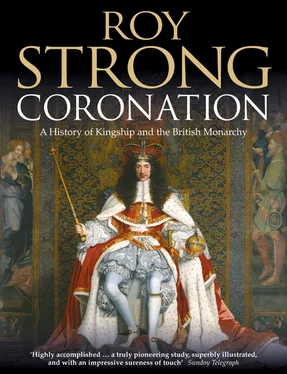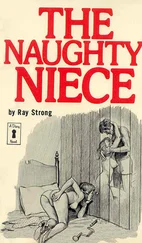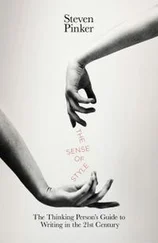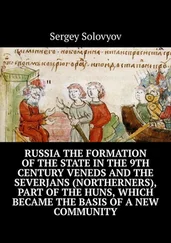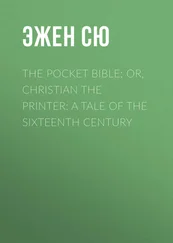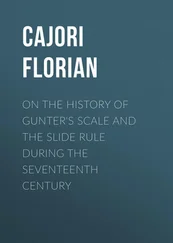7 The Abbot of Westminster is to instruct the king about the Coronation. If he for some reason is unavailable, the prior and convent shall choose another.
8 On the day of the Coronation the prelates and nobles of the realm should assemble at the palace ‘to consider about the consecration and election of the new king, and also about confirming and surely establishing the laws and customs of the realm’.
9 The king is bathed ‘as is the custom’ and attired in ‘spotless apparel’, not wearing shoes but socks only. The effect must be that his body ‘glistens by the actual washing and the beauty of the vestments’. In the great hall he is lifted ‘with all gentleness and reverence’ on to a throne covered with cloth of gold.
10 From the Abbey a clerical procession consisting of members of the episcopacy and of the convent shall make its way to the great hall. They return in procession with the king to the Abbey chanting and singing anthems.
11 The royal almoner supervises a path laid with ray (striped) cloth from the palace to the Abbey. After the event the cloth within the Abbey is the perquisite of the sacrist and that outside is distributed by the almoner to the poor.
12 The stage and steps within the Abbey are to be covered with carpets by the royal ushers and cloth of gold is to be hung around the top of the stage.
13 Royal chamberlains must see that the throne is adorned ‘with silken and most precious coverings’.
14 There then follow details of the procession. The king is to be preceded by the prelates and monks and himself led by the hand by the bishops of Durham and Bath ‘in accordance with ancient custom’. Immediately before the king the chancellor, if he be a bishop, with the chalice of St Edward. Before him also the treasurer, again if he be a bishop or abbot, bearing the paten. Both are to be in pontificalibus. After the chalice and paten follow dukes or earls, ‘especially who by kinship are nearly related to the king’, who bear the sceptre with the cross and the golden rod with the dove. All of these items of regalia should be delivered from the Abbey to the palace by the abbot. After the regalia come three earls bearing swords, Curtana carried by the Earl of Chester and the two others by the earls of Huntingdon and Warwick. Then follows a noble appointed by the king carrying the spurs. The king and the queen (if there be one) are each under canopies of purple silk carried on four silver lances topped with silver-gilt bells. Each canopy is carried by sixteen Barons of the Cinque Ports, four to a lance supporting it in rota. The fabric afterwards is a perquisite of the barons, the lances and bells of the Abbey, as, in addition, are all the carpets, silken cloths and cushions placed in the church. This was ‘in accordance with ancient custom’.
15 When the king is seated on the stage the Archbishop of Canterbury, who is to consecrate him, addresses the assembled people at each of the four sides, ‘inquiring their will and consent’. As he does this the king stands and turns to face each side in turn. The people give their assent shouting ‘So be it’ and ‘Long live the king’ and ‘uttering with great joy’ his name.
16 The choir sings the anthem Firmetur manus tua.
17 The archbishop who is to celebrate Mass revests himself at the altar ‘on account of the crowd that is come together, lest he should be hindered by it’.
18 The bishops of Durham and Bath shall support the king on either side and together with the other bishops shall lead him down the steps to the high altar. The abbot is always to be in attendance acting as a prompt to the king ‘so that everything may be done right’.
19 The king makes an offering of a pound of gold and then prostrates himself upon the carpets and cushions which have been laid by the ushers. The archbishop says a prayer over him.
20 One of the bishops makes a short sermon to the people while the archbishop sits in a chair before the altar, the king sitting opposite him.
21 Then the archbishop administers the Coronation oath followed by an admonition on behalf of the bishops, to which the king also responds. He then confirms all that he has agreed to by swearing at the altar.
22 The king prostrates himself again before the altar while the archbishop kneels and intones the Veni creator Spiritus. A prayer follows and then two bishops or singers intone the litany. While this is sung the archbishop and all the other bishops prostrate themselves alongside the king and privately recite the seven penitential psalms.
23 More prayers and responses follow, after which the king sits again in his chair and then goes to the altar and divests himself of his robes, except his tunic and shirt ‘which are open at the breast, and between the shoulders, and on the shoulders, and also at the elbow …’ The silver loops sealing the openings are undone by the archbishop, the king kneeling beneath a canopy. The archbishop anoints the king with holy oil on his hands, breast, between the shoulders, on the shoulders, on both elbows and on the head in the form of a cross. Then his head is anointed a second time with chrism. The holy oil is to be in a silver phial and the chrism in one of gilt. After this the silver loops are fastened. During this action the anthem Unxerunt Salomonem is sung.
24 The first phase of vesting then follows, opening with a linen coif for the head, then the colobium sindonis cut like a dalmatic. The coif the king is to wear for seven days and on the eighth a bishop is to say a Mass of the Trinity in the Chapel Royal, after which he is to wash the king’s hair in hot water, dry it and ‘reverently arrange’ it and put on it a golden circlet which the king shall wear the whole day.
25 The archbishop blesses the royal ornaments and the king is vested in them by the abbot; first a long tunic reaching to his feet ‘wrought with golden figures before and behind’, then buskins, sandals and spurs. The sword is blessed and delivered by the bishops. The king is girded with it and then vested with the armils which ‘shall hang like a stole round his neck, from both shoulders to the elbows, and shall be bound to the elbows by silken knots…’ Then comes the mantle, ‘which is square and worked all over with golden eagles’. The crown is blessed and placed on the king’s head, after which follows a blessing and the delivery of the ring. The king takes off the sword and offers it at the altar, from which it is redeemed by the earl ‘who is the greatest of those present’. Gloves are put on the king’s hands and then the sceptre with the cross put into his right hand and the gold rod with the dove in his left. All of these actions are accompanied by prayers. The regalia, it stipulates, must be laid ready on the altar by the sacrist from the outset, ‘that everything may be done without hindrance from the very great concourse of people’.
26 The king then kisses the bishops and, together with ‘the nobles of the realm’, he is led back up the steps to the throne on the stage while the Te Deum is sung. When ended, the archbishop says the prayer Sta et retine and the king is enthroned, and ‘the peers of the realm shall stand around the king and stretch forth their hands as a sign of fealty, and offer themselves to support the king and the crown’.
27 The Mass then follows. The gospel is carried to the king to kiss and he then descends to present to the archbishop the bread and wine and also an offering of a mark of gold. When the archbishop has given the kiss of peace to the bishop who took the gospel to the king, the same bishop takes the pax to him. When the peace has been given the king descends and receives communion in both kinds.
28 The Mass ended, the king descends to the high altar and a procession of clergy and nobles forms to the shrine of St Edward. The Great Chamberlain divests the king of his regalia and vestments, which are laid on the altar by the abbot. The Great Chamberlain then revests the king in robes of state and the archbishop puts on him another crown but returns to him the regalia sceptres. Then follows a procession back through the church ‘with great glory’.
Читать дальше
